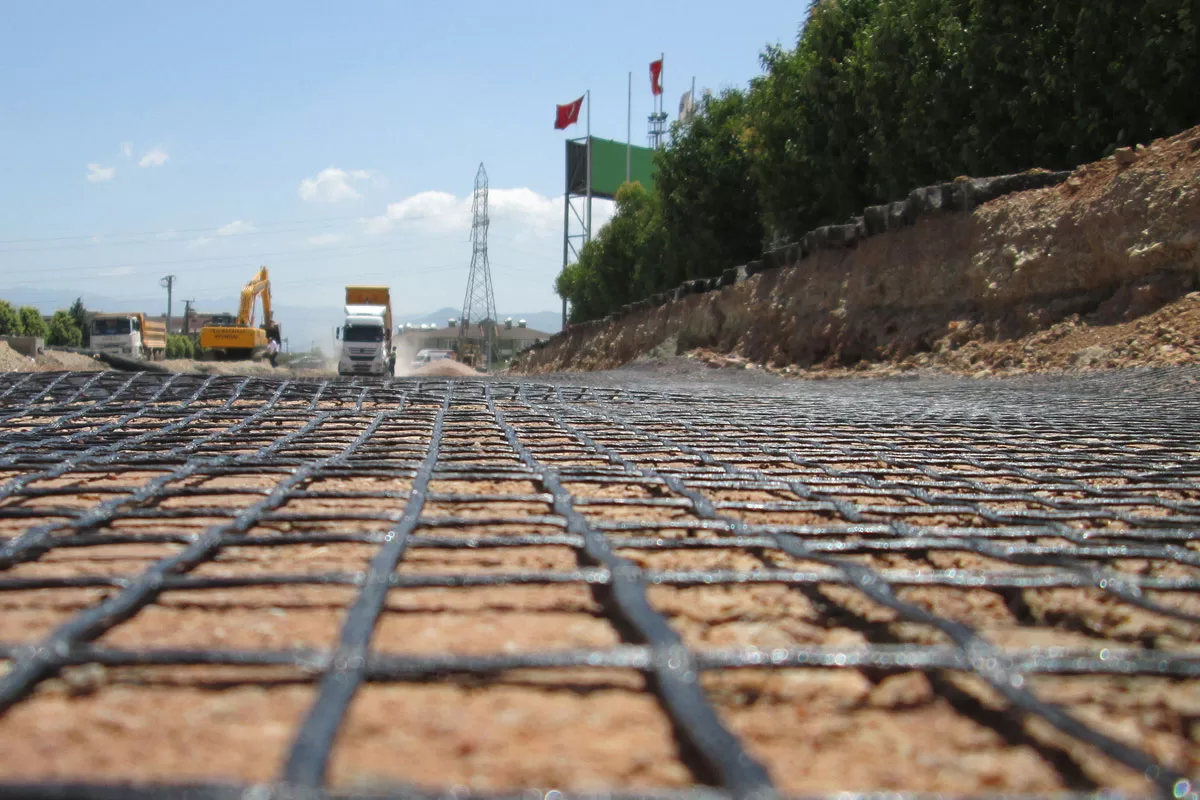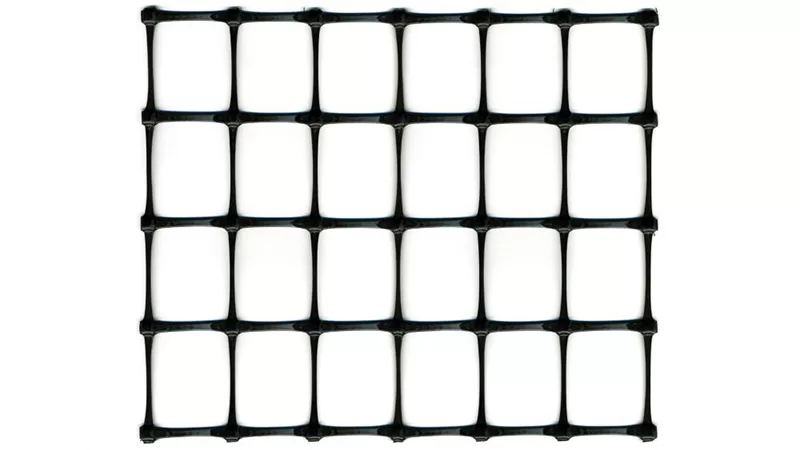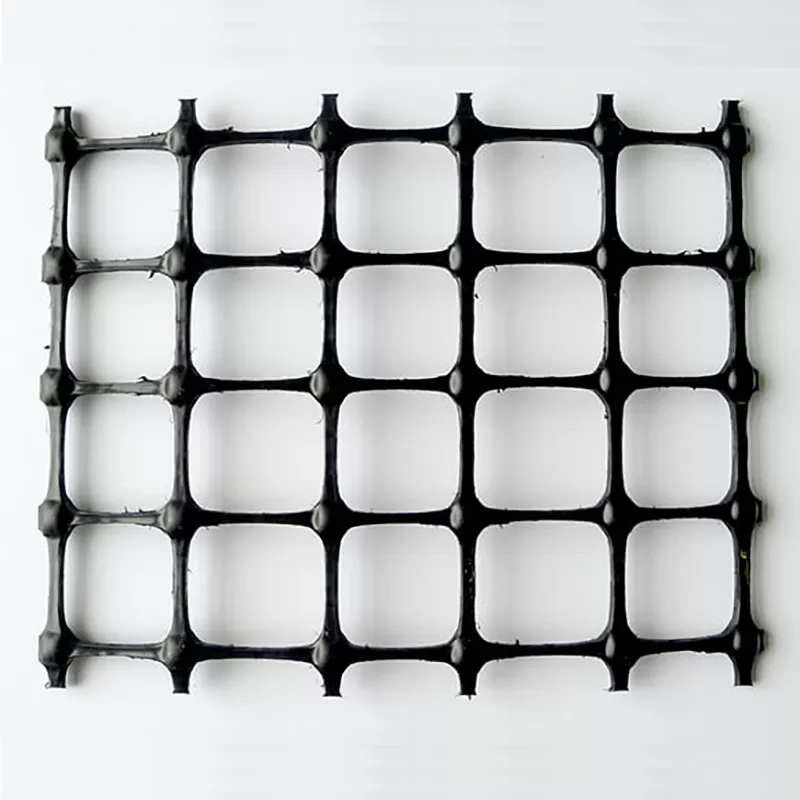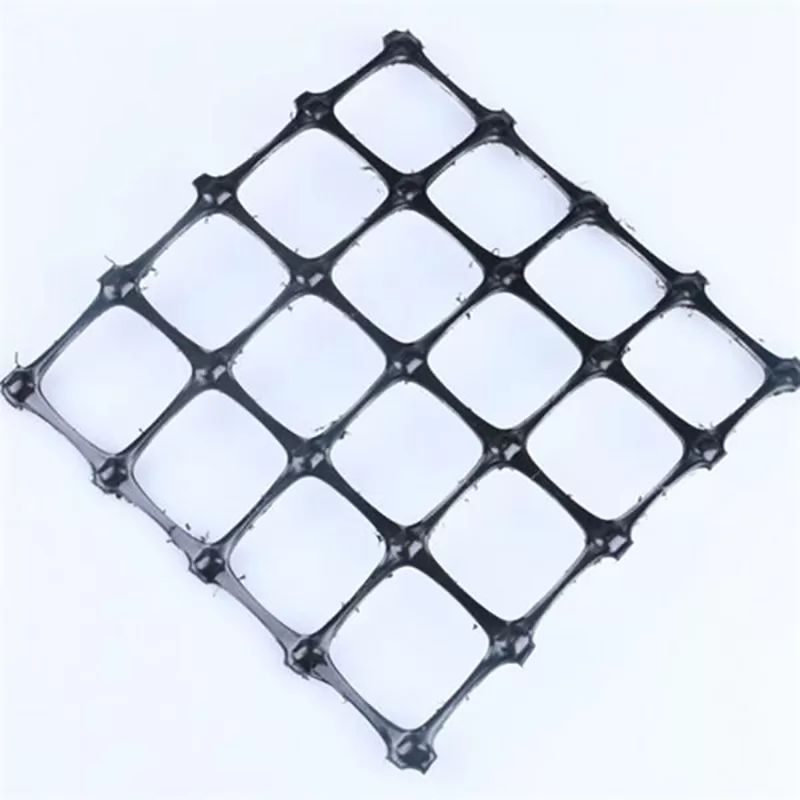Geogrid for Driveways: A Smart Solution for Durable and Eco-Friendly Surfaces
When it comes to driveway construction, durability, drainage, and sustainability are key factors to consider. A geogrid is an innovative solution that has gained popularity in recent years, particularly for its ability to reinforce surfaces and enhance their structural integrity. In this article, we’ll explore what a geogrid is, how it’s used in driveways, and whether it’s worth the investment for homeowners looking to build or renovate their driveways.
Are driveway grids worth it?
Driveway grids offer significant advantages, particularly for driveways exposed to high traffic or challenging drainage conditions. By reinforcing the surface, these grids prevent the formation of ruts, reduce erosion, and slow the degradation of the material, making them a valuable investment. Gravel driveways that have been reinforced with grids are stronger, more resilient, and easier to drive over than any gravel driveway. In addition to surface stability, these grids improve water management, reducing the risk of flooding and preventing damage. The extended lifespan and reduced maintenance needs further enhance their cost-effectiveness in the long run, ultimately providing both functional and economic benefits.

What is a geogrid used for?
Geogrid is a crucial component in construction, particularly for reinforcing soils and similar materials. In driveway applications, geogrids are placed beneath the surface material—like gravel or porous pavement—to prevent shifting and enhance support. Constructed from durable materials such as plastic or polyester, the geogrid’s mesh-like structure interlocks with the surface materials, providing a stable and reinforced foundation. Geogrids are also widely used in other sectors, such as road construction, landscaping, and soil erosion control, demonstrating their versatility and effectiveness in reinforcing and stabilizing various materials. By strengthening these surfaces, geogrids improve overall durability and prevent structural issues in a wide range of applications.
Is Geogrid good for driveways?
Geogrid is an excellent material for driveways, providing several benefits that enhance the stability and longevity of the surface. It is ideal for use in the construction of slopes and embankments prone to eroding, as well as driveways that experience frequent use or heavy vehicles. The mesh-like structure of geogrids reinforces the driveway, increasing its overall strength, preventing cracking and shifting, and helping to maintain a level surface over time. Additionally, geogrids significantly improve drainage by allowing water to flow through the gaps in the grid, reducing puddling and preventing water damage. This combination of strength, stability, and drainage makes geogrids a valuable investment for driveways in various conditions.
What is the lifespan of Geogrid?
The lifespan of geogrids is influenced by several factors, including the material quality, installation method, and environmental conditions. High-quality geogrids are generally designed to last between 20 to 30 years under optimal conditions, and in some cases, can endure up to 100 years with proper installation and maintenance. Factors such as soil type, moisture levels, climate, and the frequency of traffic on a driveway all play a role in determining the geogrid’s durability. Compared to traditional driveway materials, geogrids provide a significantly longer-lasting solution, requiring minimal maintenance and offering superior performance over time.
Geogrids offer a range of benefits when used in driveway construction, from increased stability and durability to better drainage and erosion control. They are an excellent investment for homeowners looking to build a long-lasting driveway that can withstand heavy traffic and challenging weather conditions. With a lifespan of several decades, geogrids provide a cost-effective solution that reduces the need for frequent repairs and maintenance. If you’re looking to improve your driveway’s functionality and longevity, geogrids are definitely worth considering.



Comments
Post a Comment